Overview:
Himachal Pradesh is a state in the northern part of India. Situated in the Western Himalayas, it is one of the eleven mountain states and is characterized by an extreme landscape featuring several peaks and extensive river systems. Himachal Pradesh is the northernmost state of India and shares borders with the union territories of Jammu and Kashmir and Ladakh to the north, and the states of Punjab to the west, Haryana to the southwest, Uttarakhand to the southeast and a very narrow border with Uttar Pradesh to the South. The state also shares an international border to the east with the Tibet Autonomous Region in China. Himachal Pradesh is also known as 'Dev Bhoomi' or 'Land of Gods and Goddess' and 'Veer Bhoomi' which means 'Land of Braves'.
Himachal comprised the hilly regions of Punjab Province of British India. After independence, many of the hilly territories were organized as the Chief Commissioner's province of Himachal Pradesh which later became a union territory. In 1966, hilly areas of neighboring Punjab state were merged into Himachal and it was ultimately granted full statehood in 1971.
To know more about the latest updates on
Himachal Pradesh, you can follow us on
Facebook,
Instagram,
LinkedIn,
Twitter,
Pinterest,
Koo,
Telegram and
YouTube.
or mail to "tmydestination@gmail.com"
Know more about
Himachal Pradesh
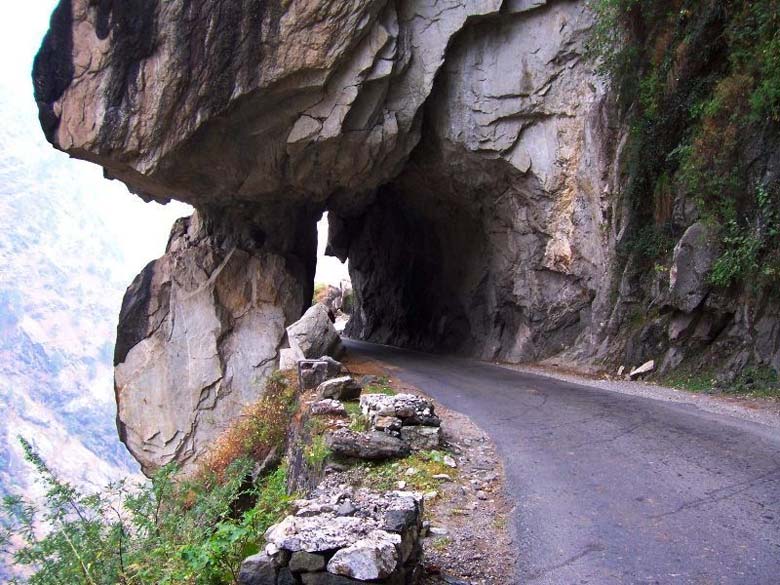 Himachal Pradesh History:
Himachal Pradesh History:
Himachal Pradesh was established in 1948 as a Chief Commissioner's Province within the Union of India. The Himachal History The province comprised the hill districts around Shimla and southern hill areas of the former Punjab region. Himachal became a part C state on 26 January 1951 with the implementation of the Constitution of India. Himachal Pradesh became a Union Territory on 1 November 1956. On 18 December 1970 the State of Himachal Pradesh Act was passed by Parliament and the new state came into being on 25 January 1971. Thus Himachal emerged as the eighteenth state of the Indian Union.
In earlier times, the area was variously divided among smaller kingdoms, such as those of Chamba, Bilaspur, Bhagal and Dhami. After the Gurkha War of 1815–1816, it became part of the British India.
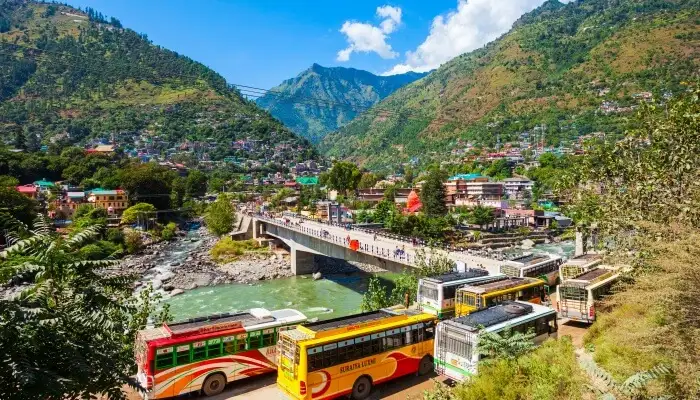
Some evidences have been found that nearly 2 million years ago man lived in the foothills of Himachal Pradesh. Bangana valley of Kangra, Sirsa valley of Nalagarh and Markanda valley of Sirmour are found to be the places where prehistoric man used to live. The foothills of the state were inhabited by people from Indus valley civilization which flourished between the time period of 2250 and 1750 BC. Before indus valley civilization, Koli, Holi, Dooms and Chnnals used to live here. The famous war between the Arya King Devodas and Kirat's King Shambhar is mentioned in the Rigveda. King Shambhar had 99 forts in mid Himalayan region of modern Himachal. He had to lose the war which lasted for 40 years.
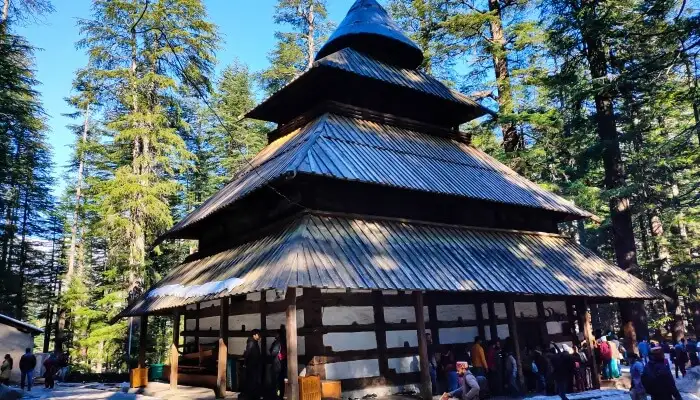 Geography of Himachal Pradesh:
Geography of Himachal Pradesh:
Himachal Pradesh is lying between North latitude 30°22'40" to 33°12'40" North latitude and 75°45'55" to 79°04'20" East longitude. The adjoining states of Himachal Pradesh are Jammu & Kashmir on North, Punjab on West and South-West, Haryana on South, Uttar Pradesh on South-East and the China is the only east neighboring country of it.
The state of Himachal Pradesh is spread over an area 55,673 km2 (21,495 sq mi) and is bordered by Jammu and Kashmir and Ladakh on the north, Punjab on the southwest, Haryana on the south, Uttarakhand on the southeast, a small border with Uttar Pradesh in the south (touching Sirmaur), and Tibet on the east. Entire Himachal Pradesh lies in the mountainous Himalaya region, rich in natural resources.
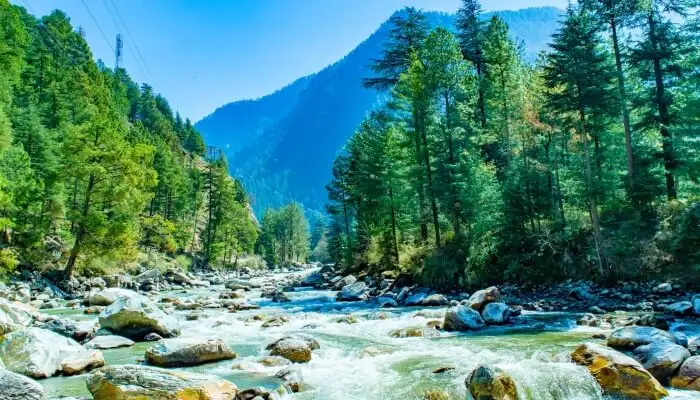
Places to Visit at
Himachal.
Climate of Himachal Pradehs:
The complex variations of height have made the climate of the land a unique characteristic. You will be find different temperatures in different districts of Himachal Pradesh. The weather of Himachal mainly depends on the geographical height from the mean sea level. We know, the decrease rate of temperature is proportional to the increase rate of height.
The average temperature of Himachal Pradesh is 28°C in summer (from April to the end of June) and 7°C in winter (from late November till middle of March). But, there have some region, with a height above 7,218 ft, always covered with snow and the temperature of those areas are stayed always bellow degree centigrade. Basically this zones are in the Higher and Trans-Himalayan region. There are three main seasons noticed and they are winter, summer and rainy season. The rainy season of the state has come after the summer season from July to September. But, some northern districts (Lahaul and Spiti) of the state are almost rainless and cold throughout the year. Other hand, the Dharamsala district has receive very heavy rainfall.
Rivers of Himachal Pradesh:
The rivers of Himachal Pradesh mainly had created the glaciers of Himalayans Mountains. Those mountains provide water not only smalls rivers of Himachal but also two great rivers of India, Indus River Ganges basins. The important rivers of Himachal Pradesh are the Chandra Bhaga River, the Ravi, the Beas, the Sutlej and the Yamuna River. These rivers are perennial and are fed by snow and rainfall of that region.
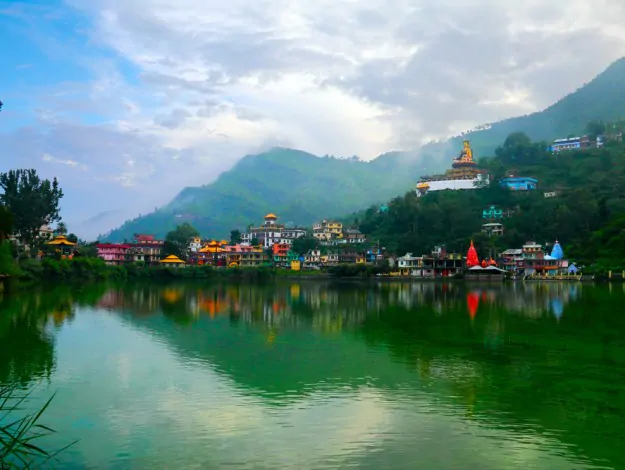 Best Time to Visit Himachal:
Best Time to Visit Himachal:
February to June (Spring and Summer) is the best time to visit Himachal. The state also undergoes a beautiful transformation during the winters, i.e., between October and February when it's the snowfall season. This is also the best time for skiing and ice skating. Places like Rohtang Pass, Kufri and Shimla are quite popular tourist destinations. Summers are an ideal time for trekking, paragliding, camping and water sports. Most treks during this time take place in Shimla, Manali and Dharamshala. During monsoons from July to September, it is suggested to avoid certain areas in Himachal that are prone to landslides.
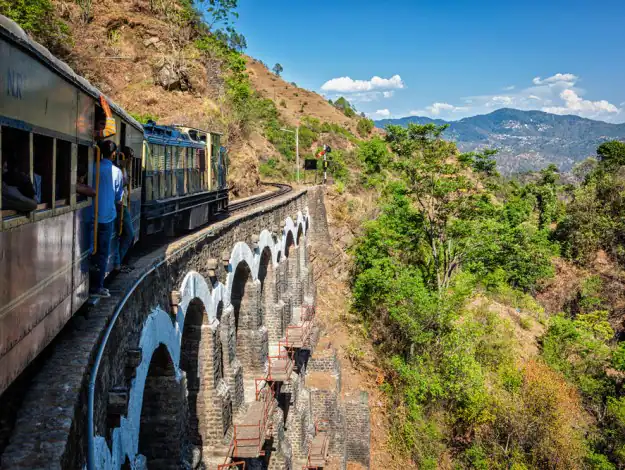 How to Reach:
How to Reach:
Himachal Pradesh is one of the most beautiful tourist destinations in North India. This state is connected with major cities and towns of the rest of the country by all the modes of transport. The detailed information about how to reach Himachal Pradesh is mentioned below, which allows tourists to plan their Himachal trip hassle-free. The famous hill stations of Himachal Pradesh are flocked by tourists throughout the year due to the pleasant and calming weather, making the sightseeing tour memorable. The renowned towns of this state are full of mystical, dreamy charm and enveloped in a unique mesmerizing appeal. This state has its airports, railway stations, and interstate bus stands where tourists can arrive. Himachal Pradesh is surrounded by Punjab, Jammu, and Kashmir, and Uttarakhand, owing to which it has excellent connectivity from the rest of the country. Hence, presented here is a comprehensive guide on how to reach Himachal Pradesh most conveniently by Air, Road, and Train mediums.
By Air: here are limited options available to fly into the state. Although being a major tourist destination in India, air connectivity to this state is not as robust and reliable as other stations in the country. Jubbarhatti Airport in Kullu, Bhuntar Airport in Shimla, and Gaggal Airport in Kangra are connected by flights to major Indian cities like Delhi, Mumbai, Bangalore, and Chandigarh. Taxis and cabs provide easy connectivity from these airports to within the state. This is the fastest way to reach tourist places in Himachal Pradesh. However, flights getting canceled are higher than in any other state due to harsh weather conditions.
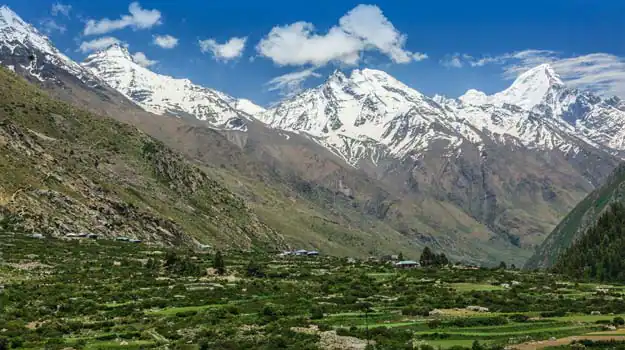 By Road/Self Drive:
By Road/Self Drive: The drive up to Himachal is simply breathtaking! You can catch scenic glimpses of the adjoining mountains and valleys from almost every turn that the twisty uphill road throws you in. Though a lot of tourists prefer a self-drive up to your destination in Himachal, it is advisable to hire a taxi in case you are not comfortable with driving in mountainous regions.
By Rail/Train: Being a mountainous area surrounded by lofty hills, there are no major railway tracks anywhere within the state. The best option to reach Himachal is the Kalka Railway Station for tourists opting for railway travel, located approximately 90 kilometers away from Shimla. From here, you either choose to travel by road or ride the famous toy train (A UNESCO World Heritage) into the picturesque hilly regions of this fantastic destination. Another narrow-gauge railway station in Himachal Pradesh is in Jogindernagar, to which Pathankot connects. Tourists can hop on the toy trains and explore the enchanting beauty of the hilly area. Several railway stations are located in the vicinity of the major towns of Himachal and serve as the primary railheads for them.
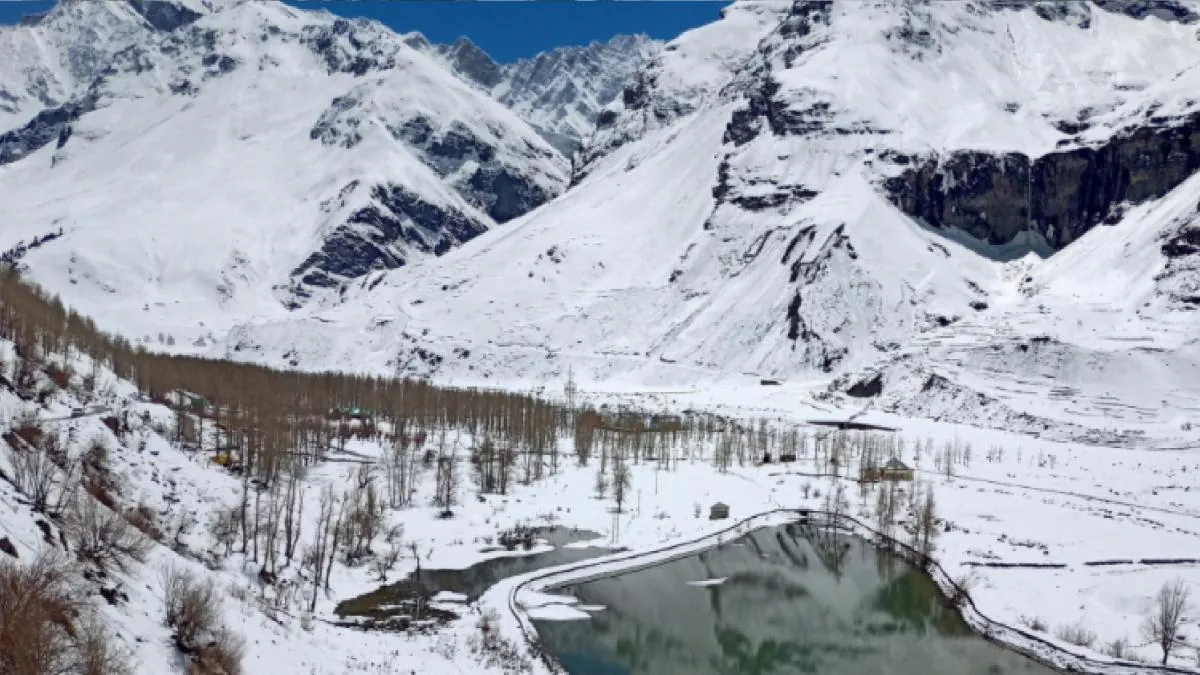 By Bus:
By Bus:The cheapest and most convenient to reach Himachal Pradesh. There are regular buses ply from Delhi, Chandigarh, Panipat, Jammu, Amritsar, and other towns for the hill stations of Himachal Pradesh. Himachal Road Transport Corporation (HRTC), Himachal Pradesh Tourism Department Corporation (HPTDC), Punjab Roadways Transport Corporation (PRTC), Haryana Roadways (HR), and J & K State Road Transport Corporation (JKSRTC) is the major bus service providers to the Himachal. The roads are tough and reliable. Besides, the bus services are affordable. Tourists can also travel in their car or hire a taxi. The state is connected by national and state highways.
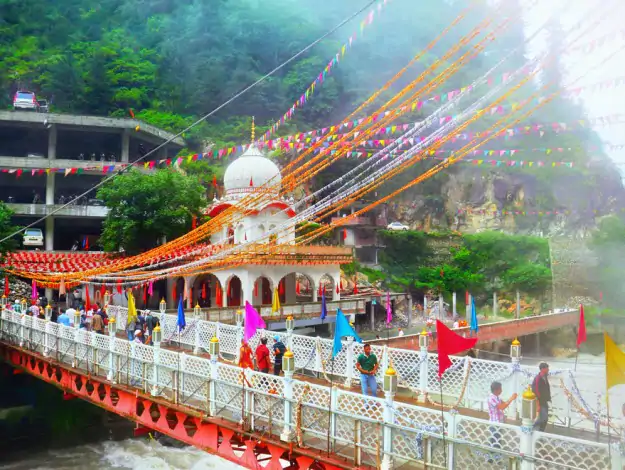



 Flight List
Flight List
